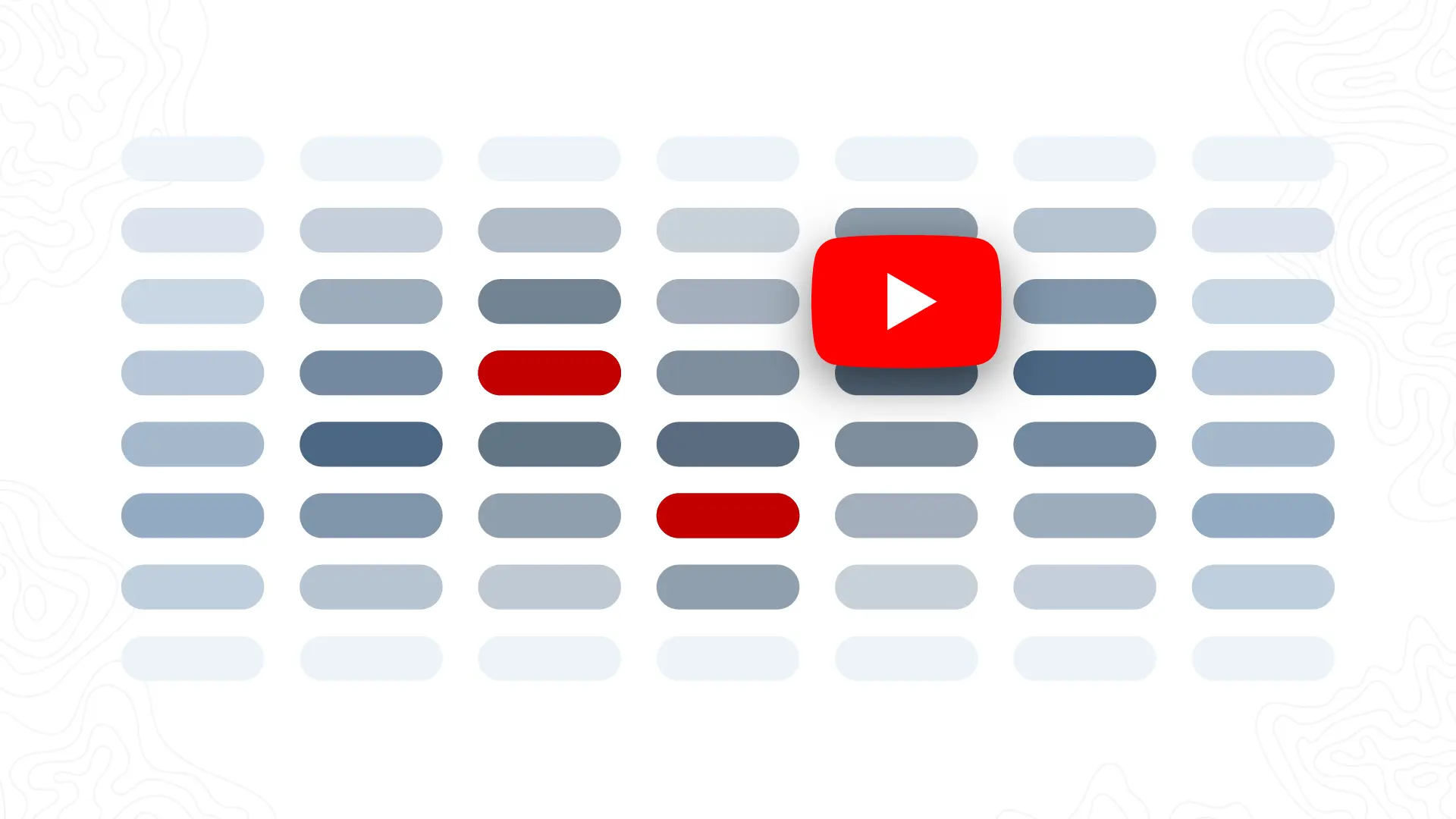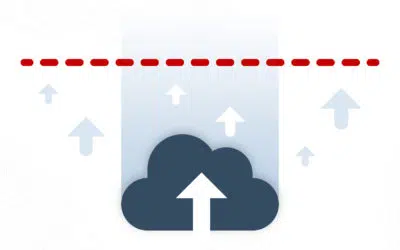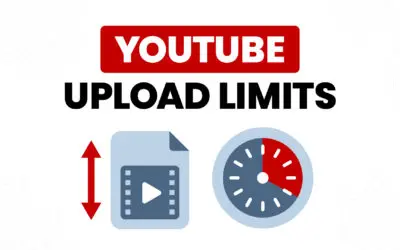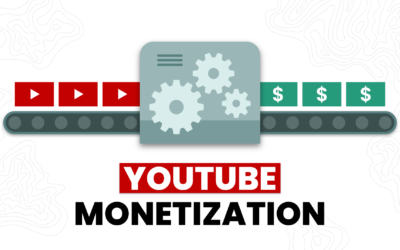If you create content for YouTube in any capacity, you probably want to know what the best time to upload is. You want your video to perform optimally in search and recommendations, get to your target audience, and bring in new viewers for you.
YouTube content creators have always approached finding the best time to post Youtube videos from multiple angles. Some of these tactics don’t work, are outdated, or won’t even move the needle for your YouTube campaign at all.
In this article, we discuss data-backed insights into the best time to post YouTube videos for your brand.
Is There A Best Time to Publish YouTube Videos?
Let’s look at it this way:
If your brand has a presence on other social media networks and you have a social media strategy in place, you most likely optimize your messaging and posting times to when your target audience is online and more likely to see it.
Think about TV programming (you know, back when you had to find a TV Guide to know what was on before everything was streaming).
TV operators know that their audience is not always in front of the TV. That is why there is primetime – the peak hour during which the highest percentage of viewers will be in front of their screens. The same thing goes for YouTube, and specifically, your audience.
After setting up a YouTube channel, one of the things you want to start doing right away is collecting data on the best time to post on YouTube to reach your audience.
Finding the perfect time to post your YouTube videos allows you to get your content in front of the maximum audience possible.
When you understand how your content is found, viewed, and interacted with, and when those interactions happen, you can hack the system to get more views and engagement than before.
Time Factors to Consider Before You Publish YouTube Videos
A series of actionable data already exist at optimal times of the day, week, and even month to publish your YouTube videos. After digging into different datasets of this kind from multiple sources, there’s no simple answer as to the best day and time – but that is not a bad thing.
Different industries and niches might not have the same optimal posting hours. What works for your YouTube channel, in this case, might not work for another. That is why we have presented the criteria behind these numbers first so you can make an actionable decision for yourself.
#1 Consider your target audience
Not all YouTube users log into the platform at the same time. The best time to post your YouTube videos will, thus, be dependent on when it is most likely for your specific audience to settle into their viewing positions.
For example, online marketers and doctors both work during the day, but the doctor’s hours are not as flexible. While an online marketer can squeeze in your informative content on generating new leads during their work hours, the doctor might not be able to do the same with medical content.
Keeping to the same posting schedules on both of these YouTube channels presented above (online marketer and doctor-focused niches) would be counter-productive.
This is one of the many reasons why you should build up an audience persona for your brand. Once you have a better idea of who your videos are for and who comes across them too, you can better tailor your posting times to suit their needs better.
#2 Consider your target demographic
YouTube currently boasts more than 2 billion active users. India takes the largest share of the pie with over 225 million active users, followed by the USA with 197 million hourly users.
Defining your audience gives you a better insight into what time zone goes into the calculation of your channel’s primetime video uploads. With that information, you can customize the data you get from this guide around the best time to post to suit your audience’s local time better.
#3 Check the timeliness of the content
We generally do not recommend that video producers in a time-sensitive niche (such as news, entertainment, or trending topics) bother about the best time to post YouTube videos. This will only be applicable if you mix some evergreen content with the trending topics from time to time.
YouTube users (and other internet users that funnel through from search engines) will always look for trending topics at any time. This explains why such trends are usually removed from data analysis since they tend to skew the quality of the entire dataset, being an anomaly in the usual channel behavior.
#4 Think about the monetization
The best practice for creating and posting monetized videos on YouTube is different from that for non-monetized content. Videos that will be used for YouTube monetization should have already been submitted about an hour before the channel’s primetime for the best result.
Any videos posted by members of the YouTube partner program go through an ad review process, which could take up to an hour. Your YouTube video will remain live, but ads won’t display in it until the algorithm certifies the content advertiser friendly.
Posting such content during your peak hours means you would have lost out on the revenue from the first stream of traffic that came to the video. You would still make up for it if the video continues to do well.
With proper planning, though, you don’t have to lose that initial revenue.
#5 Give time for indexing
YouTube is a bit faster than Google when it comes to indexing content, but it still needs time to index the video posted. The best time to post is, thus, a few hours before your normal peak views so that by the time the latter kicks in, your content would already have been in the index.
The Best Time of The Day and Week to Upload YouTube Videos
Boost the chances of success for your YouTube brand accounts with these data-backed peak posting times.
What time of the day should you upload videos?
Slightly conflicting data exist on the exact time of the day when you should upload YouTube videos. The trends across multiple channels and industries converge to confirm that anywhere between 2pm – 4pm (EST/ CST) is the best time to upload videos on weekdays.
A Frederator Network research compared channel analytics across over 1,300 unique channels pulling in more than 120 million views every month. The data confirm that videos posted between 2pm – 4pm EST/ CST tend to perform better than those posted outside that range on weekdays.
Frederator Networks’ work is enough data pulled from different niches and across different audience demographics, languages, and styles indicating when to post on YouTube for maximum effect.
Frederator Networks’ compiled data dives deeper to show that YouTube user behaviors change as they move through the week. While the prime time above would work for the first few days of the week, audiences start adjusting their streaming habits towards the end of the week.
Starting from Thursdays, it is best to schedule your videos to go live from around noon till 3pm (EST/ CST). This user behavior shifts during the weekend again where the best time to post is around 9am – 11am (EST/ CST).
Note that these are chosen as the ‘best times to post,’ not the ‘best time to gain massive views.’ Posting within these timeframes ensures your video has spent some hours in the YouTube algorithm, enough to index and clear all checks before your best viewing times kick in.
What days should you post on your YouTube channel?
It is one thing to know the best time to post on YouTube, but when should you publish the content during the week?
We have some data on hand from Boosted to suggest that Sundays are the ultimate posting days. This makes sense since more viewers have more time on their hands to enjoy more videos you have created for them.
HowSociable also calculates that the worst days for posting videos (for most YouTube creators) are the first three days of the week, Monday to Wednesday. Coincidentally, HowSociable’s calculations are almost in line with Frederator Networks’ (above), given how the first three days behave similarly in that report too.
Poll your audience
Don’t make the mistake of creating content for the YouTube algorithm first instead of your users. Remember that the algorithm will naturally reward YouTube channels that have a lot of views, interaction, and engagement – so that’s where your focus should be.
Gain valuable content engagement by polling your audience on when they would like to see your content – then create stunning videos for them too.
Instead of asking them directly, you could ask what time of the day they watch your videos. Follow that up with another query on what day of the week they would be most likely to get the chance to consume your content.
The results can vary greatly from industry standards, and that is not a bad thing. In fact, it saves you a lot of stress and headache from following posting time standards that wouldn’t have worked for you.
Dig into your channel’s analytics
If you have been creating YouTube content for a while now, your viewer data can provide you targeted insights into your audience’s internet active time zones.
YouTube’s advanced report feature not only shows you everything you need to know about your watch time but also when your videos get watched the most.
Follow the steps below to dig into your YouTube studio analytics:
- Step 1 – Login to your YouTube Studio dashboard
- Step 2 – Click on Analytics
- Step 3 – Click on Audience
When you find graphs like the one below, you are in the right place.
The purple bars in the graph visually show the different hours of the day, during the different days of the week, when your audience watches your Youtube video. The darker the purple bar, the higher the number of viewers you get during the day/ time intersect.
Go for the darkest purple bars (busiest time and day) as those represent when you get the most viewers – or, in another way, the best time to post videos for your audience.
Exclude trending/ seasonal videos and outliers from the purple bar data so that you don’t get a skewed impression of what your best times to upload YouTube videos are. Such trends cause unstealthy spikes in your analytics which are not the norm to how your channel behaves, but exceptions.
Pro Tip: YouTube will also show you data on when your target audience is online on the platform. This does not mean that they are watching your videos, but you can optimize for their online time since that is when they would most likely see any piece of content that you put out.
Go before your busiest day
Monetization-compliance checks take about an hour, and it might take a few more hours for YouTube to index videos. Even after that, Misfit Hustler found that it could take your content about 1-2 days to start pulling the kind of views and traction that it needs for long term success.
We say long-term because the highest viewing per hour on YouTube uploads tends to happen within the first two hours.
Armed with all that data, it is best to post some of your YouTube videos a day or two before your peak viewing times (which you’ve obtained from the analytics above). You give the content enough time to establish its roots and settle into the system before your direct audience comes looking for it.
This is not a strategy you go all-in on. Split test with the other strategies on this list to see which works best for you. Take notes on the short- and long-term growth of your differently tested strategies, making sure to eliminate any anomalies (such as trending content) that might skew your data.
The results of such a test should give you even better insight into how to approach optimizing around the time your viewers are on YouTube – and when others on the video-sharing platform can find you too.
Mistakes to Avoid When Optimizing for Best Upload Times
Digging into the rabbit hole to find the best upload times can lead you to harm your YouTube channel more than you boost it. Here are a few mistakes to avoid when publishing videos:
- Don’t follow stats blindly – industry stats are there to guide you but they are not the rule. Your brand’s YouTube channel could be the exception sometimes, so test different strategies to see what works best for you.
- Give YouTube time – We keep saying this because it is important. Once you nail down your ideal posting times, make sure your video is uploaded and scheduled before those hours. That allows room to convert your video into different YouTube upload formats, check for monetization compliance, and give YouTube’s indexing algorithm a chance.
- Don’t schedule back-to-back uploads – if the data you got from YouTube Studio’s dark purple bars suggest you have two consecutive days with high viewership, don’t schedule back-to-back videos. Unless you are an entertainment channel or related niche that can accommodate such posting frequency, spread the content wisely.
- Consistent posting is key – if you post twice a week, don’t change things around too much because your data said to. If your purple bars are all over the place, find the median two days, space your videos across the week, and stay consistent. You risk upsetting your audience when you move things around too much.
- Mixing up the time zone – For video producers who live outside the region where their audience is, never forget to sync your time for the best possible posting times. Unless your time zones are the same, you run the risk of being out of sync with your primary viewers.
- Time alone isn’t enough – All the videos on your channel could be posted at these peak times and that won’t amount to much for you anyway. Creating the videos that your target audience wants to see is the first thing you should worry about, such that they even come seeking you on their own. Start with these YouTube keyword tools to uncover topics your audience is interested in.
- Creating for the algorithm – Always remember to keep creating content for people, not just the algorithm. Data analytics can quickly make you forget that. Keep the human side of your brand alive, stay consistent and apply YouTube best practices. Your chances of winning will always be higher.
Frequently Asked Questions
What is the best upload schedule for YouTube?
Videos perform better on Thursdays and Fridays. The first three days of the week (Monday through Wednesday) are usually slow days for YouTube content creators across multiple niches.
Since the weekends generally see a lot of views (with Sunday being the peak day), it makes sense to create videos for weekend posting too.
A good posting schedule for YouTube would consist of sending out a video towards the end of the week with another pre-planned for the weekend.
How do I find videos to upload to YouTube in the first place?
Your brand’s niche, industry, specific expertise, and messaging should be at the core of your videos. Whenever you are stuck for ideas on what to share, it is best to explore YouTube keyword tools where you can find a treasure trove of data on what your audience is interested in.
Going through such resources helps you unearth additional opportunities to retain your existing audience with engaging videos while also attracting other YouTube users organically.
How often should I post videos to YouTube?
The frequency of your video uploads will largely depend on your niche.
News brands and entertainment blogs should post a new video, or multiple new videos, every day. Business channels may only be able to manage a content calendar of 1-3 of these videos per week – which is just fine.
Investigate your niche to find out what the competition is doing. You should also pick a posting frequency that you can keep up with without sacrificing quality.
Pro Tip: Find out the best Youtube upload formats for your audience to maximize your channel’s suitability and engagement.





